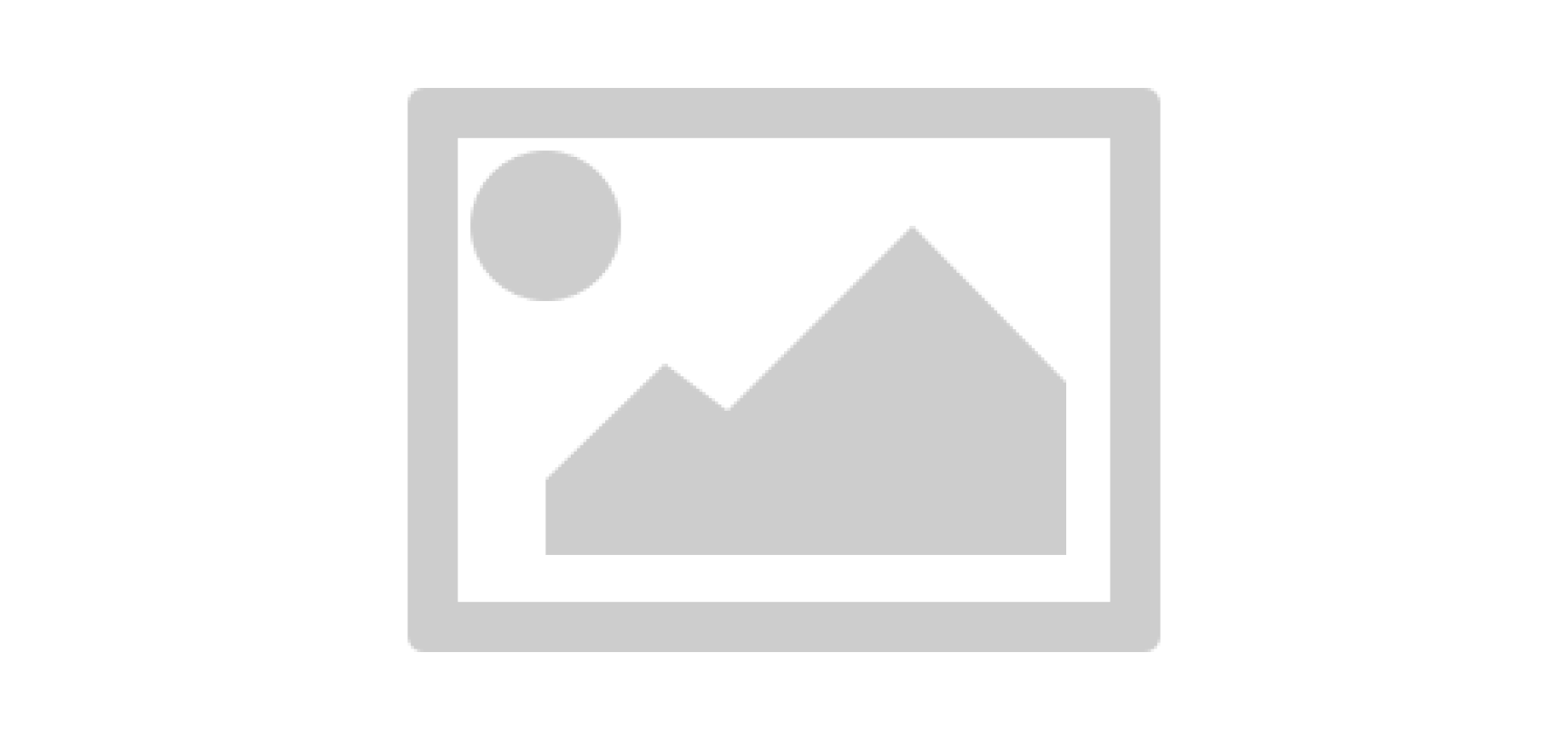Zoology meets the Saïd Business School: insights from the Ideas to Impact programme
Recently, we were selected to represent the Zoology Department and take part in the Ideas to Impact program at the University of Oxford's Saïd Business School. This program was an enterprise skills initiative offered to postdoctoral researchers from the University of Oxford, who were welcomed into the Executive MBA (EMBA) elective course ‘Strategy & Innovation’ at the Saïd Business School.
You may ask what three Zoology postdoctoral researchers have to do with business, entrepreneurship, strategy and innovation. Before we joined the EMBA module we were wondering the same thing too! But it turns out there were so many relevant ideas discussed that can be directly transferred into our work as academic researchers. Here we share some of the key insights that we have taken away from the I2I, and how we think these insights are relevant to all researchers in life sciences disciplines and beyond.
Ecosystems for innovation
Whilst innovation has been traditionally related to tech or product level innovation, we soon learnt that the new way to think about innovation is to consider the ecosystem for innovation. As Zoologists, we found it interesting how frequently the term ‘ecosystem’ was used, but this was in an entirely different way to the ecological meaning that we use on a daily basis in our research. Rather, the ecosystem for innovation helps to describe the necessity to consider the entire system for innovation – which assets and components make it possible to realize the potential value of an innovation. In the case of driverless vehicles for example, numerous vital components (or complimentary assets) of research and technology developments are required to make driverless vehicles a success.
In a research context, we believe the idea of ecosystems for innovation and complimentary assets are incredibly relevant to researchers to help formalise research ideas and choose research topics that could make significant and novel contributions to the field. For example, considering what your ideas and outputs currently depend upon, who controls those assets, and how the distribution and availability of assets might change in the future. This could depend upon whom you collaborate and publish with, but also your access to key data or services, as well as the funding landscape. It is clear that as we seek to build our careers, being strategic and identifying how and where our own research capabilities can complement others will also enable us to broaden the scope and impact of our work.
Explore – exploit phases of business operation
As companies mature, they frequently transition from an explore phase (innovative and ground-breaking work) to an exploit phase (building and maintaining market share). In academia, we can recognise similar phenomena. We would hope that our work is on balance explorative – through scientific advancement of fundamental research. Yet, there can also be an exploit phase to our work, where we seek to broaden the scope of fundamental research, by translating this into practice and achieving societal impact (now a valued aspect of research, as recognised through the Research Excellence Framework).
We also considered the challenge of achieving the right balance between exploitative and explorative activities by looking at why companies fail. Over time, companies can become stale and may be taken over by disruptive and agile start-ups. Some classic examples were shared during I2I, like the rise and fall of Kodak, and the “tyranny of success” encountered by the Tudor Ice Company with the advent of mechanical ice production in the late 19th century. Longevity in research, just like in business, requires that we balance explore and exploit phases.
The architecture of social networks
Harnessing our social network is something we all know we should do, and probably wished we did better, to raise the impact of our research. Working through a number of business case studies, we considered the merits of taking a step back and understanding the architecture of social networks, and how best to use these to our advantage. In particular we learnt about the strength of weak ties – being the individuals who create a bridge between otherwise disconnected social networks.
Rather than focusing on maintaining a smaller numbers of strong, personal ties, we learnt how to identify structural holes in social networks – the absence of social ties between networks where opportunity lurks, and most importantly where you could value-add and ‘fill’ that hole. By becoming an integral expert and knowledge broker who can work across otherwise distinct networks, it is more likely that you will be able to stay a step ahead in your field, and gain insights and identify opportunities for innovation with respect to new research and career directions.
Final reflections from the I2I programme
The I2I program was a fantastic opportunity for postdocs to step out of their labs and offices to interact with people from a wide variety of businesses, and learn something of relevance to all scientists – how to be more strategic, entrepreneurial and innovative in your own research. On top of this, the course allowed us to get a far more nuanced understanding of the business world – the language, motivations, and actions taken by businesses. We would like to extend a special thanks to Professor Marc Ventresca and Heli Helanummi-Cole at the Saïd Business School, and Dr Anne Miller from the MPLS Division for offering us this incredible opportunity to be immersed in the business world, and learn about all things strategy and innovation. We would also like to thank our EMBA colleagues who warmly welcomed us into their classroom.


